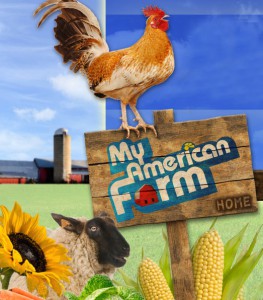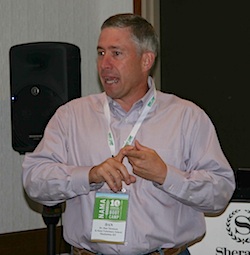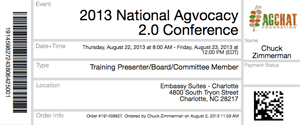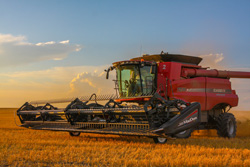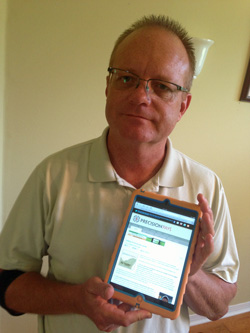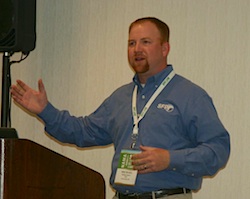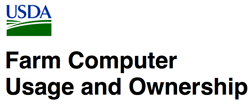 The latest USDA National Agricultural Statistics Service report, “Farm Computer Usage and Ownership Report” (pdf) is now available. As you would expect, there’s more computer ownership and usage and more high speed internet access with less dialup. You can find the full report here with breakout statistics by state. Here’s a summary of the data.
The latest USDA National Agricultural Statistics Service report, “Farm Computer Usage and Ownership Report” (pdf) is now available. As you would expect, there’s more computer ownership and usage and more high speed internet access with less dialup. You can find the full report here with breakout statistics by state. Here’s a summary of the data.
DSL was the most common method of accessing the Internet, with 35 percent of the farms in the United States using it, compared to 38 percent in 2011. Wireless was the second most common method of Internet access at 24 percent in 2013, up from 20 percent in 2011. Dialup access dropped from 12 percent in 2011 to 5 percent in 2013. Cable and satellite access were each reported as the primary Internet access method on 13 and 17 percent of farms in the United States, respectively.
A total of 67 percent of the farms in the United States now have Internet access, compared with 62 percent in 2011. Seventy percent of farms have access to a computer in 2013, up 5 percentage points from 2011. The proportion of United States farms owning or leasing a computer in 2013, at 68 percent, was also up 5 percentage points from 2011. Farms using computers for their farm business increased to 40 percent in 2013 compared to 37 percent in 2011.
In 2013, 84 percent of the farms in the United States with sales and government payments of $250,000 or more have access to a computer, 83 percent own or lease a computer, 72 percent are using a computer for their farm business, and 82 percent have Internet access. Of the farms with sales and government payments between $100,000 and $249,999, the figures are: 73 percent have access to a computer, 71 percent own or lease a computer, 56 percent are using a computer for their farm business, and 69 percent have Internet access. The farms with sales and government payments between $10,000 and $99,999, 68 percent reported having computer access, 66 percent own or lease a computer, 45 percent use a computer for their farm business, and 65 percent have Internet access.
For crop farms, 71 percent have computer access and 45 percent use a computer for their farm business in 2013, both up 4 percentage points from 2011. Internet access for crop farms has increased to 68 percent in 2013, compared with 64 percent in 2011. In 2013, a total of 70 percent of livestock farms have computer access and 66 percent have Internet access.
 Our latest ZimmPoll asked the question, “How important are biotechnology and antibiotics for food production?”
Our latest ZimmPoll asked the question, “How important are biotechnology and antibiotics for food production?”
